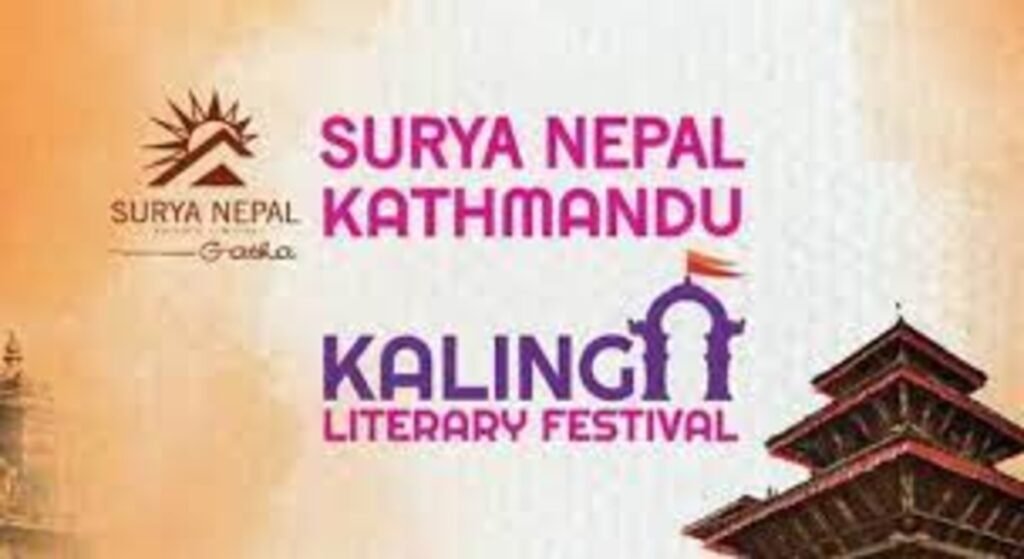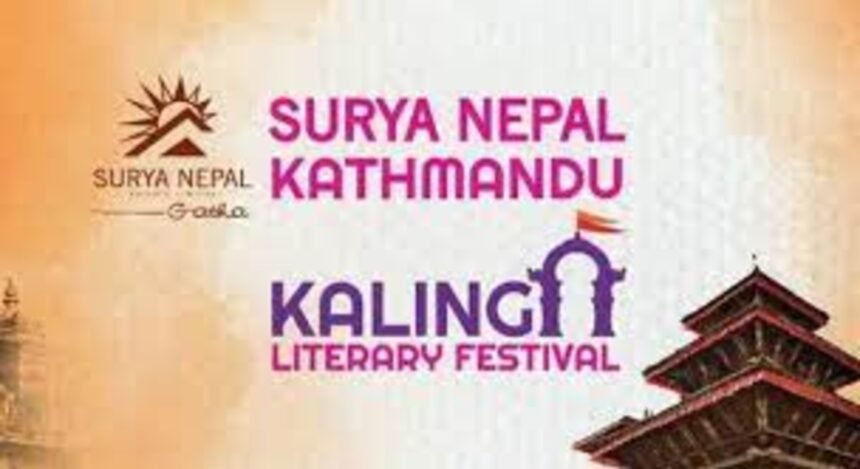Introduction
In the heart of Kathmandu, amidst the serene and sprawling greens of Hotel Himalaya, literature and cinema enthusiasts converged for the second edition of the Kalinga Literary Festival (KLF) Kathmandu. This literary extravaganza, which began as a modest two-day affair, has now blossomed into a three-day celebration of the written word, films, and diverse voices. The festival’s expansion from 40 to an impressive 60 sessions exemplifies its commitment to broadening horizons and welcoming a multitude of perspectives.

Ranjana Niraula, the director and coordinator of KLF Kathmandu, passionately expressed the festival’s dedication to diversifying its content. This year’s agenda aimed to encompass a spectrum of discussions, ranging from literature and cinema to tourism, regional affairs, and global issues. Niraula emphasized, “Our sessions are thoughtfully curated to engage both speakers and the audience. Some sessions are lighthearted, while others delve into topics like politics, tourism, business, and global affairs, raising crucial questions about our society and world.”
Indeed, the festival’s program offered an extensive array of topics for reflection and consideration. One highlight was a thoughtful exploration of Nepal’s relationship with India, as well as India’s broader ties within South Asia. Suhasini Haider, the foreign affairs editor of The Hindu, and journalist Kanak Mani Dixit engaged in intellectually stimulating discussions, touching on historical, economic, governance, and political aspects. Their differing perspectives added depth to the dialogue and made for an engaging and informative session.
Light hearted fare
The festival artfully balanced serious discussions with more light hearted fare. A session titled ‘Challenges and Potential of Cinema in the New Age of South Asia’ featured renowned figures from the film industry, including actress Divya Dutta and director Nila Madhab Panda, moderated by journalist and filmmaker Sampada Malla. These industry stalwarts shared their experiences, challenges, passion projects, and their vision for the future of cinema, especially with the rise of OTT platforms.
Manisha Koirala, Nir Shah, and Khagendra Lamichhane graced the stage in a session titled ‘The 21st Century Reel: The Evolution of Nepali Cinema.’ This discussion delved into the intricacies of Nepal’s filmmaking industry, highlighting the challenges faced by emerging artists due to the lack of government support and meager compensation. The panel also explored the shift in Nepali cinema towards nuanced performances over melodrama, a testament to the evolving tastes of audiences.
One remarkable aspect of this year’s festival was the active engagement of the audience. Attendees eagerly participated, raising questions and joining the discourse on various subjects, from music in films to the presentation of movie trailers. This lively interaction reflected the festival’s success in fostering a sense of community and intellectual exchange.
Conclusion
As the Kalinga Literary Festival Kathmandu enters its third day, it promises more thought-provoking discussions through sessions like ‘Gender Violence and Its Impact,’ ‘Narratives of Nature: Literature in the Age of Climate Change,’ and ‘Classical Dance: The Mystic Silence.’ In a world filled with noise, this literary oasis continues to provide a platform where literature and cinema thrive, and diverse voices resonate, reminding us of the enduring power of storytelling.






